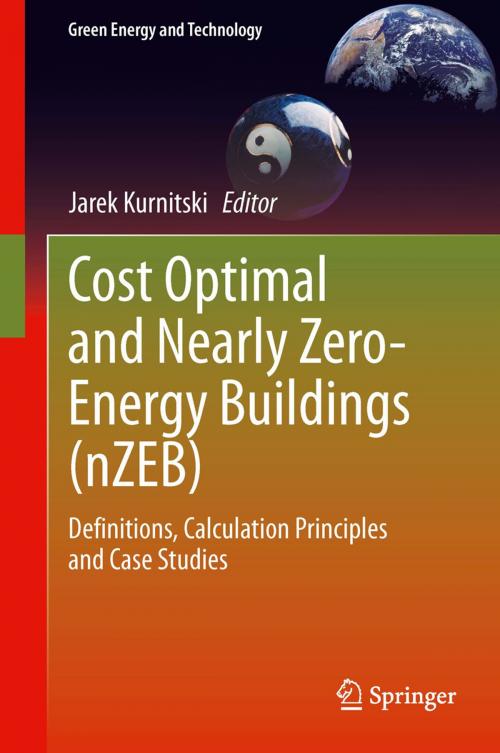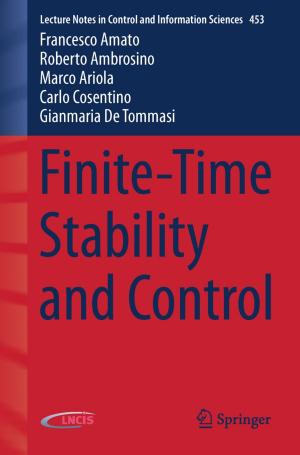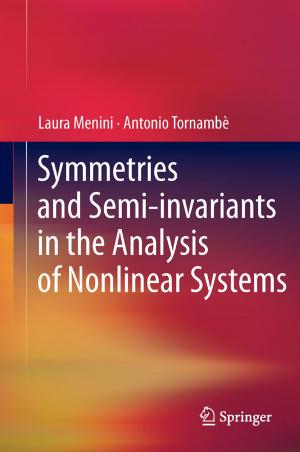Cost Optimal and Nearly Zero-Energy Buildings (nZEB)
Definitions, Calculation Principles and Case Studies
Nonfiction, Science & Nature, Technology, Construction & Construction Trades, Power Resources| Author: | ISBN: | 9781447156109 | |
| Publisher: | Springer London | Publication: | November 20, 2013 |
| Imprint: | Springer | Language: | English |
| Author: | |
| ISBN: | 9781447156109 |
| Publisher: | Springer London |
| Publication: | November 20, 2013 |
| Imprint: | Springer |
| Language: | English |
Cost optimal and nearly zero energy performance levels are principles initiated by the European Union’s (EU) Energy Performance of Buildings Directive which was recast in 2010. These will be major drivers in the construction sector in the next few years, because all new buildings in the EU from 2021 onwards are expected to be nearly zero energy buildings (nZEB).
This book introduces the technical definitions, system boundaries, energy calculation methodology and input data needed to set primary energy based minimum/cost optimal and nZEB requirements in national energy frames. Worked examples are provided to illustrate the calculation of delivered, exported and primary energy, and renewable energy contribution. Five case studies of high performance nZEB office buildings across Europe are reported to show alternative technical solutions and to draw some general design rules based on completed nZEB buildings. Specific features of the nZEB design process, especially in the early stages, and architectural competitions are included. These describe important design issues in the scoping and conceptual design phase, allowing design streams to be controlled so that specified targets can be met.
This book is intended for readers who need to be aware of or are working with the energy performance of buildings – for decision makers in public and private sectors, architects, engineers, construction clients, consultants, contractors, manufacturers and students.
The editor of this book, Professor Jarek Kurnitski has made major contributions to the preparation of the European REHVA nZEB technical definition and has developed energy calculation frames for current Estonian and Finnish energy performance regulations. He is the leader of nZEB research at Tallinn University of Technology in Estonia and Aalto University in Finland, and he has over 300 publications.
Cost optimal and nearly zero energy performance levels are principles initiated by the European Union’s (EU) Energy Performance of Buildings Directive which was recast in 2010. These will be major drivers in the construction sector in the next few years, because all new buildings in the EU from 2021 onwards are expected to be nearly zero energy buildings (nZEB).
This book introduces the technical definitions, system boundaries, energy calculation methodology and input data needed to set primary energy based minimum/cost optimal and nZEB requirements in national energy frames. Worked examples are provided to illustrate the calculation of delivered, exported and primary energy, and renewable energy contribution. Five case studies of high performance nZEB office buildings across Europe are reported to show alternative technical solutions and to draw some general design rules based on completed nZEB buildings. Specific features of the nZEB design process, especially in the early stages, and architectural competitions are included. These describe important design issues in the scoping and conceptual design phase, allowing design streams to be controlled so that specified targets can be met.
This book is intended for readers who need to be aware of or are working with the energy performance of buildings – for decision makers in public and private sectors, architects, engineers, construction clients, consultants, contractors, manufacturers and students.
The editor of this book, Professor Jarek Kurnitski has made major contributions to the preparation of the European REHVA nZEB technical definition and has developed energy calculation frames for current Estonian and Finnish energy performance regulations. He is the leader of nZEB research at Tallinn University of Technology in Estonia and Aalto University in Finland, and he has over 300 publications.















